Takasaki City, Gunma群馬県高崎市
Living in Takasaki City, Gunma
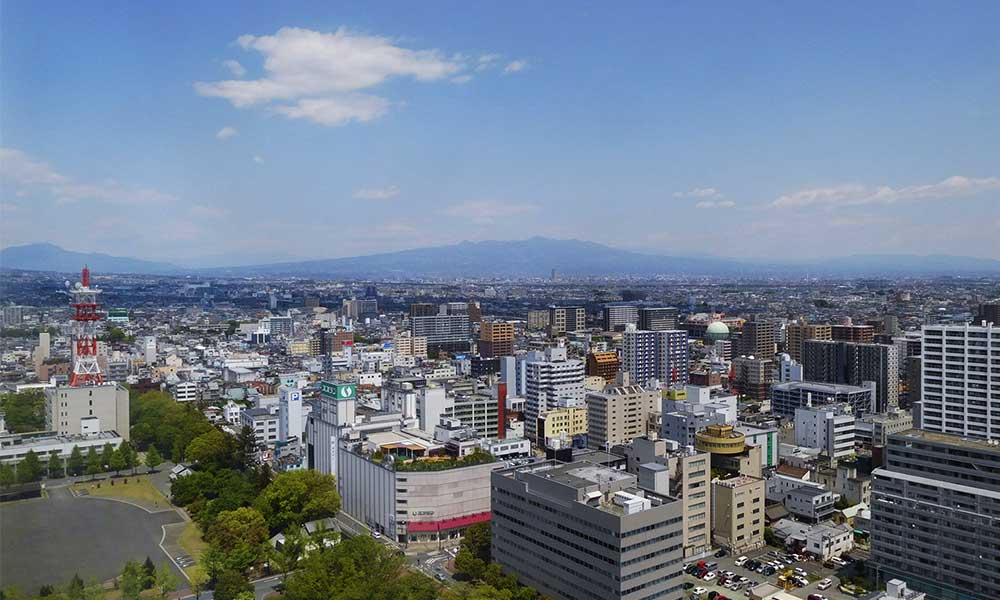
We have Summarized the livability of Takasaki City, Gunma.
WEST AREA西部地域
CONTENTS
- What kind of place is Takasaki City?
- Takasaki CityPR video
- How is the traffic situation in Takasaki City?
- How are the rent and land prices in Takasaki City?
- How is childcare and education in Takasaki City?
- How about shopping in Takasaki City?
- How about jobs and recruitment in Takasaki City?
- Takasaki City’s unique subsidy/subsidy system
What kind of place is Takasaki City, Gunma?
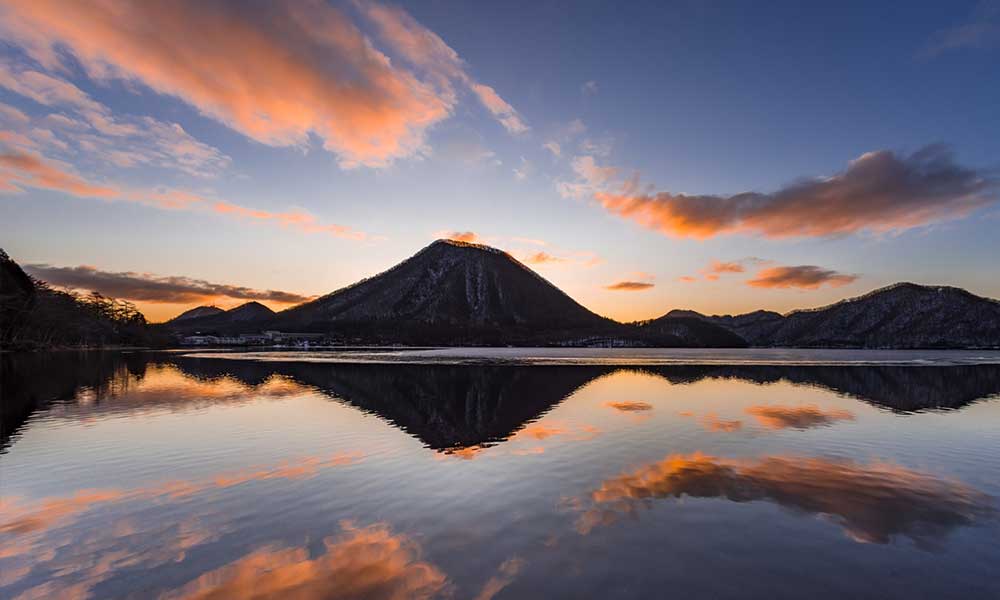 Mount Haruna and Lake Haruna
Mount Haruna and Lake Haruna
Takasaki City, the largest city in Gunma Prefecture, is full of shopping, art, sightseeing and leisure.
Located in the center of Gunma Prefecture, Takasaki City is the largest city in the prefecture.
It is surrounded by Nagano Town and Higashiagatsuma Town to the north, Shibukawa City, Haruno Village, and Maebashi City to the east, Tamamura Town to the southeast, Fujioka City and Kanra Town to the south, Fujioka City and Annaka City to the west, and Karuizawa Town in Nagano Prefecture to the northwest.
Takasaki City has a population of approximately 369,000 and about 170,000 households (as of September 2022).
Takasaki City has an elongated shape, stretching east to west, with mountainous areas like Mount Haruna to the west and a well-developed urban area to the east.
Historically, it developed as a post town on the Nakasendo and served as a transit point for the movement of goods and people, continuing to attract many visitors.
This regional characteristic is still present today, as both the Joetsu Shinkansen and Hokuriku Shinkansen stop at Takasaki Station, and the Kanetsu Expressway and North Kanto Expressway run through the city, making it a key junction connecting Tokyo to the Hokuriku area.
The area around Takasaki Station has urbanized, featuring several large shopping facilities and business hotels.
Additionally, the city is rich in cultural facilities, including the Takasaki Arts Theater, which boasts one of the largest stage areas in the country, and G Messe Gunma, which hosts various exhibitions and commercial events.
The area around Mount Haruna and Lake Haruna attracts many visitors for tourism and recreation. This spot, managed as Haruna Prefectural Park, offers activities such as canoe tours on Lake Haruna and hiking in the surrounding areas. Additionally, the vicinity includes auto camping sites for camping and cafes where visitors can enjoy the view of Mount Haruna and Lake Haruna, making it a popular spot for nature, activities, and gourmet experiences.
PR video of Takasaki City, Gunma
Takasaki City Promotional Video
Summary of the 48th Takasaki Festival (September 2022)
How is the traffic situation in Takasaki City?
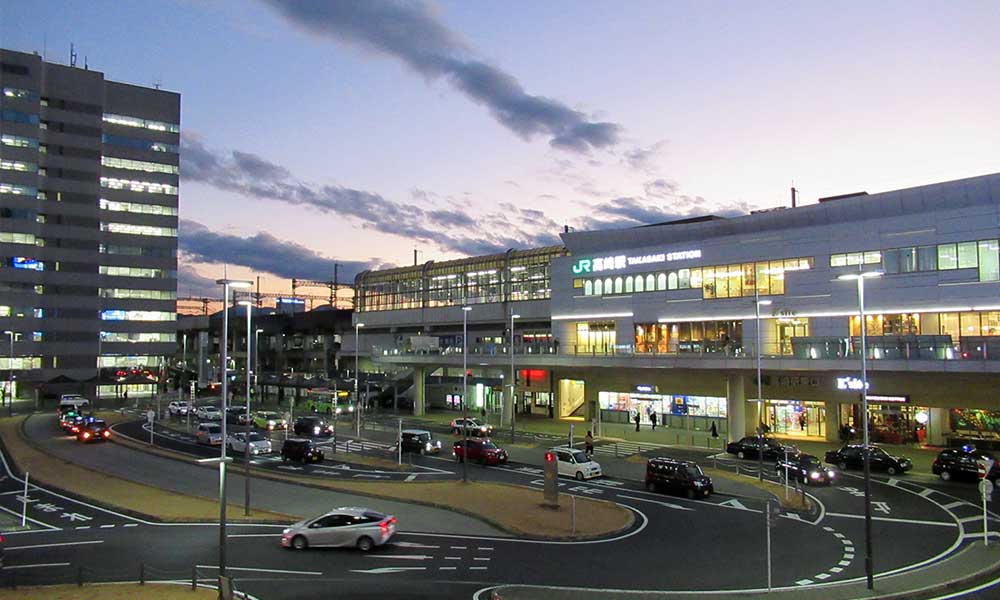 Takasaki Station
Takasaki Station
You can even take the Shinkansen! Takasaki City is a convenient city for both trains and cars
Takasaki City is served by six train lines: the JR Takasaki Line, JR Ryomo Line, JR Joetsu Line, JR Agatsuma Line, JR Hachiko Line, and JR Shinetsu Main Line, along with the Joshin Electric Railway.
“Takasaki Station” is the terminal station where all lines stop, and each line radiates from this station.
There are 16 stations in total, including “Kuragano Station,” which serves the JR Takasaki Line and JR Hachiko Line; “Shinmachi Station,” which serves the JR Takasaki Line; “Takasaki Toneyamachi Station” and “Ino Station,” which serve the JR Ryomo Line, JR Joetsu Line, and JR Agatsuma Line; “Kitakouzaki Station” and “Gunma Yawata Station,” which serve the JR Shinetsu Main Line; and “Minami Takasaki Station,” “Sano no Watashi Station,” “Negoya Station,” “Takasaki Shoka University Mae Station,” “Yamana Station,” “Nishiyamana Station,” “Baniya Station,” “Yoshii Station,” and “Nishiyoshii Station,” which are served by the Joshin Electric Railway.
There are numerous bus routes in Takasaki City, offering a wide range of transportation options from short to long distances. For more details about the buses, please refer to the Takasaki City website.
Major roads in Takasaki City include National Route 17, which runs from the southeast through the center and exits to the northeast. National Route 18 intersects with Route 17 and extends westward toward Karuizawa, while National Route 406 runs northwest toward Mount Haruna. Additionally, National Route 354 extends from the eastern exit of Takasaki Station toward Isesaki and Tatebayashi, and National Route 254 crosses the southern part of Takasaki City from east to west, making it very convenient for car travel.
There are also expressways, including the Kanetsu Expressway and North Kanto Expressway, providing access to a wide area from Takasaki IC.
There are many stations within the city, so it is convenient to travel by train within the city. There are many spacious roads and parking lots, so it is also comfortable to go out by car. It is also a convenient area to access distant places using the Shinkansen and expressways.
There aren’t many trains, so the main way to get around is by car. Many roads get congested depending on the time of day, so if you do travel by car, be careful about the time.
How are the rent and land prices in Takasaki City?
 Takasaki City
Takasaki City
The popular area around Takasaki Station and the affordable suburban area, “Takasaki City”
The average rent for apartments and condominiums in Takasaki City (as of October 2022) is 53,000 yen for all.
The average rent for a one-room apartment is 45,000 yen, the average rent for a 1K-1LDK is 50,000 yen, and the average rent for a 2K-2LDK is about 55,000 yen.
If you have a budget of 60,000 yen, you will be able to find a reasonable apartment or condominium for rent. Takasaki City has many detached rental properties, so if you have a budget of 100,000 yen, you can find a comfortable detached rental property.
Looking at the average land price in Takasaki City as a whole (as of October 2022), it is 263,000 yen per tsubo.
The average around Takasaki Station is 543,000 yen per tsubo, but the area around Sakaemachi in front of the east exit of Takasaki Station is 1,228,000 yen per tsubo, and Kaminakaimachi beyond that is 320,000 yen per tsubo, so there is a big difference between commercial and residential areas.
The average price around Takasaki Toniyacho Station is 231,000 yen/tsubo, around Kita-Takasaki Station 238,000 yen/tsubo, around Ino Station 179,000 yen/tsubo, and around Minami-Takasaki Station 282,000 yen/tsubo. Prices tend to be high around Takasaki Station and are likely to continue to rise.
A little further from Takasaki Station, around Kuragano Station, the average price is 162,000 yen/tsubo, around Shinmachi Station 137,000 yen/tsubo, around Yoshii Station 103,000 yen/tsubo, and around Gunma-Yahata Station 126,000 yen/tsubo, making the average price cheaper than the area around Takasaki Station.
Further away from the center, in the area of Minagocho, the average price is 76,000 yen/tsubo, Hongocho 67,000 yen/tsubo, and Hongocho 67,000 yen/tsubo, so the average price is significantly lower than in the central area.
There are many rental properties and new constructions in the area, so you can enjoy searching for a property with many options. Land prices are also cheap in some areas, so it is also recommended for those who want to build their dream home by custom-making.
Because it is a popular area, the average price is a little high. Since it is a car-oriented area, it is convenient to have parking for two or more cars.
How is childcare and education in Takasaki City?
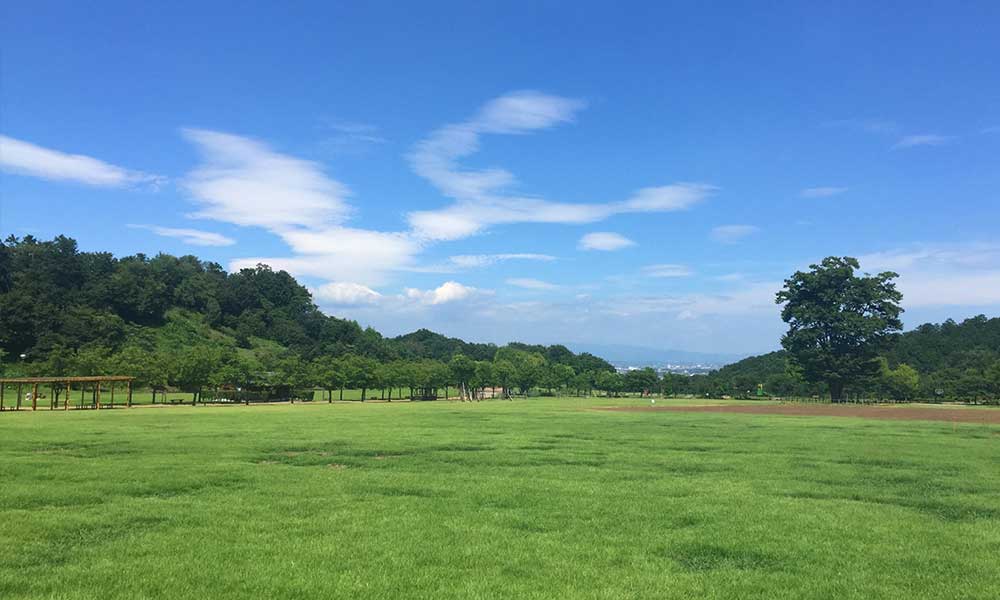 Kannonyama Family Park Forest Lawn Square
Kannonyama Family Park Forest Lawn Square
Takasaki City: A city with plenty of cultural and leisure facilities for families with children
Takasaki City has 95 nursery schools, 65 kindergartens, 58 elementary schools, 26 junior high schools, and 13 high schools.
With a university located within the city, families can raise their children locally until they become adults, creating a supportive environment for child-rearing that is also friendly to household finances.
Additionally, there are cultural facilities such as the Takasaki Children’s Science Museum with its planetarium, the Takasaki Art Theater featuring performances by renowned artists, and the Takasaki Arena where various sports events are held, allowing children to engage with diverse cultural experiences.
Mount Haruna offers campgrounds and lakes, providing opportunities for outdoor activities amidst nature, making Takasaki City a comfortable area for raising children with a variety of environments.
Takasaki City’s child medical expense subsidy covers children under 18 years old (up to March 31 of the year they turn 18) for both outpatient and inpatient care.
The “Single-Parent Family Medical Expense Subsidy System” provides partial medical expense coverage based on insurance for children up to 18 years old (up to March 31 of the year they turn 18) for those raising children in single-parent households.
There are universities and planetariums in the city, providing a good learning environment for children to grow up in. There are also many leisure facilities, providing a good environment for children to enjoy.
If you need to travel to a slightly further area for your children’s lessons or cram school, you may need to be picked up and dropped off by car due to the infrequent train services.
How about shopping in Takasaki City?
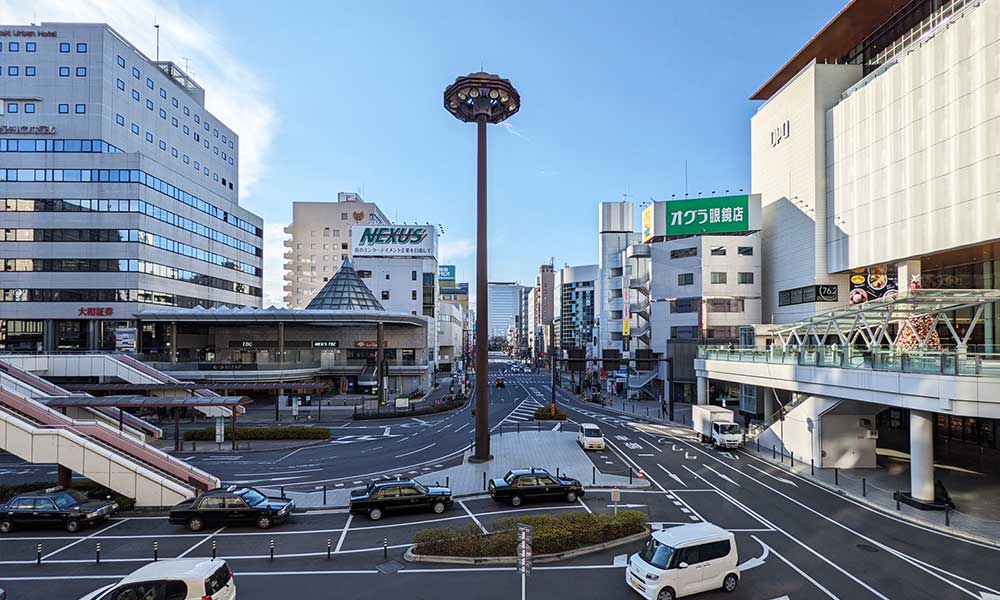 Takasaki Station West Exit
Takasaki Station West Exit
Takasaki City: A city packed with popular shopping spots
Takasaki City has many shopping spots.
The west exit of Takasaki Station features several department stores, attracting many visitors from both inside and outside the city who come to enjoy shopping.
One of them is Takasaki Opa, an eight-story building that includes fashion and cosmetics, as well as a supermarket, cafes, and restaurants.
Additionally, it houses the studio of Radio Takasaki, where visitors can observe live broadcasts. On the 6th floor, you can find Namco Asobi Park PLUS, featuring exciting attractions for children, including an athletic course, battery-operated cars, and high-tech play equipment.
A representative large shopping mall in Takasaki City is Aeon Mall Takasaki, an entertainment-focused shopping destination offering fashion, miscellaneous goods, groceries, daily necessities, cinemas, and amusement areas, attracting many visitors from the surrounding areas.
Takasaki City also has other shopping spots such as E-Site Takasaki at the east exit of Takasaki Station and Takasaki Montres in the Takasaki Station building, providing plenty of options for shopping enjoyment throughout the city.
There are shopping malls and supermarkets scattered around, so you will have no trouble finding food and daily necessities. IKEA is scheduled to open in 2024, so it will become even more lively.
A car is essential to go to the shopping mall. It is filled with the so-called “common shops,” so if you want to buy something fashionable, you have to go to another area.
How about jobs and recruitment in Takasaki City?
Takasaki City: A city where you can find a variety of jobs
Takasaki City has many commercial facilities, so you will be able to easily find work as a shopping mall staff member or restaurant staff member.
There are also many job openings in manufacturing and transportation in industrial parks, as well as nursing and care work in hospitals and nursing homes.
As you can easily find job openings for a wide variety of jobs, this is a recommended area to settle in.
Takasaki City, Gunma’s unique subsidy/subsidy system
Takasaki City, Gunma’s unique relocation assistance and relocation subsidy system
| Takasaki City Relocation Support Grant Program |
Takasaki City, Gunma’s unique housing assistance and subsidy system
| Takasaki City Immigration Promotion Fund Interest Subsidy Scheme Takasaki City Vacant House Emergency Comprehensive Measures (Subsidies for managing, demolishing, and utilizing vacant houses) |
Takasaki City, Gunma’s unique childcare support system
Takasaki City, Gunma’s unique system for further education and tuition assistance/subsidies
| School Assistance Program Scholarship Fund Program Middle School Student Weekend Study Consultation Station in Takasaki |










